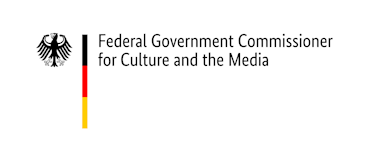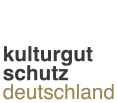Loans of cultural objects from Germany to other countries
The question of whether an export licence must be obtained is of vital importance for German museums considering loans of cultural property to other countries. Even before the adoption of the German Act on the Protection of Cultural Property Act (Kulturgutschutzgesetz, KGSG), it was mandatory to obtain an export licence from the competent Land authorities for a loan to a non-EU country (third country). The legal basis for this arrangement was and is the directly applicable Council Regulation (EC) No 116/09 on the export of cultural goods (or its predecessor). Since 1993, this piece of legislation has imposed an obligation to obtain an export licence for certain categories of cultural objects if said objects exceed the specified age and value thresholds. In 2016, this obligation was supplemented by provisions of the Act on the Protection of Cultural Property stating that a licence must also be obtained under certain circumstances for the export of cultural property to an EU Member State. The requirement to do so depends on whether the museum in question is funded privately or publicly:
- In the case of privately funded museums, exports to the EU internal market are, in principle, also subject to certain age and value thresholds (as per the Council Regulation on the export of cultural goods); if these thresholds are exceeded, an export licence is required.
- Conversely, museums funded mainly with government grants are subject to the provisions of Section 6 KGSG, since their holdings are classified as “national cultural property”. Exports of objects from the holdings of such museums are always subject to a licence requirement, regardless of the age and value thresholds.
Although it might appear at first glance that the administrative burden on the institutions has increased as a result of these new legislative provisions, this is more than compensated for by the fact that – for the first time – the Act makes use of the option granted under EU law to allow institutions responsible for preserving cultural property (public or private) to apply for general open licences. Licences of this kind are granted for five years, and mean that all of the objects within the institution’s holdings can be exported on a temporary basis during this period, either once or on multiple occasions. This new licensing arrangement also applies to holdings owned by institutions that are funded mainly with government grants, i.e. holdings upon which the status of “national cultural property” pursuant to Section 6 KGSG has been conferred. Licences of this kind are issued by the competent authority in the relevant Land, and obviate the need to obtain an individual licence for each export of cultural property or to calculate the object’s value in order to evaluate the requirement for a licence.

